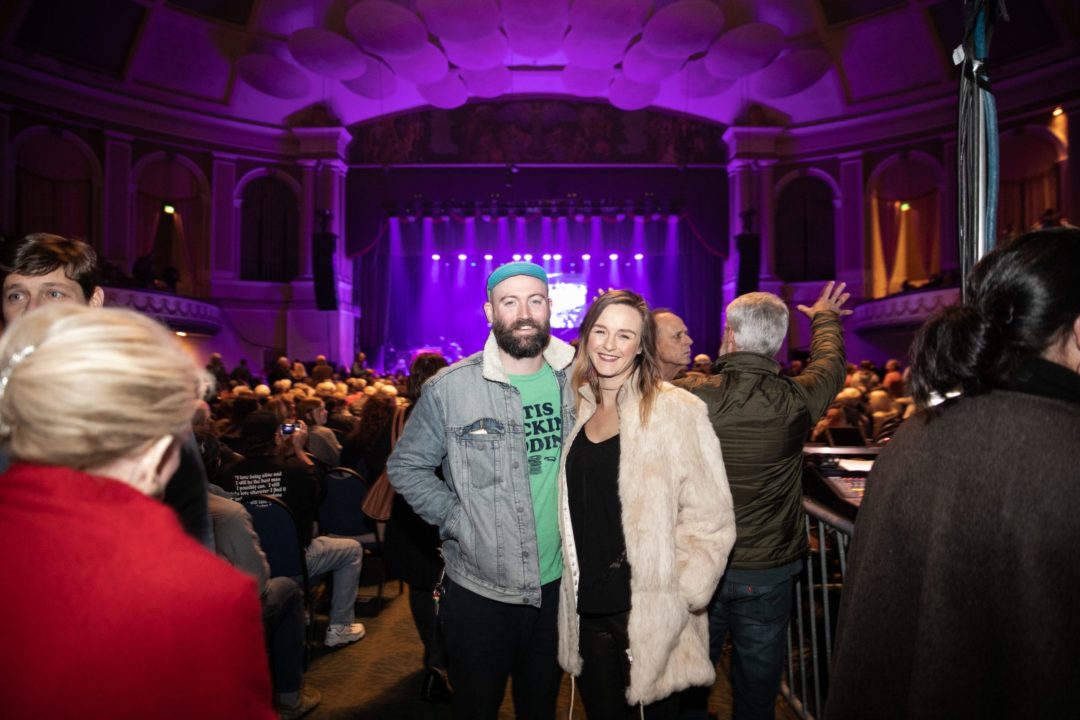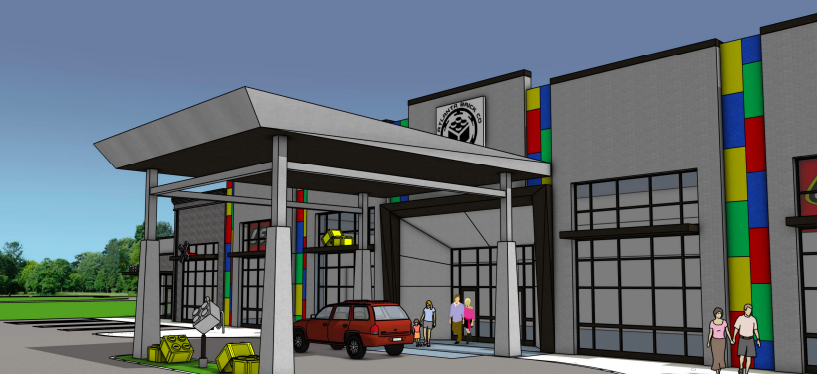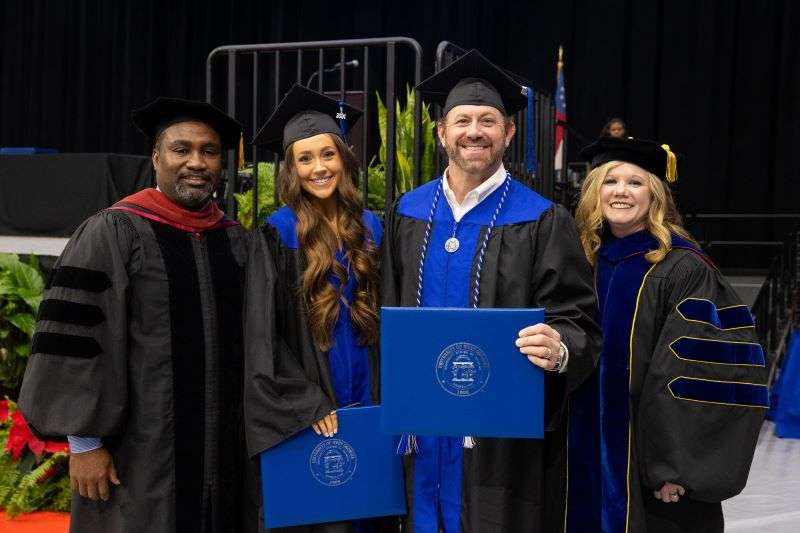
What do the Allman Brothers and Percy Sledge have in common?
They were both notable artists of the 1970s music label Capricorn Records.
University of West Georgia alum Jared Wright ’14 has been instrumental in preserving the history of the Macon-based company, which some music historians have credited as the birthplace of Southern rock.
Wright, a Woodstock native, was a graduate student at UWG when he talked Professor and Director of the Center for Public History Dr. Ann McCleary into letting him build his own internship based around a collection he came across.
“I began processing about a third of the paperwork and files from the Capricorn office from when it went bankrupt,” Wright recalled. “Around that same time, I also helped NewTown Macon, a downtown revitalization organization, write a plan for the physical studio. The idea was to create a multi-use space that could be a museum and archive, but also help make it sustainable by making the studio function again, providing education and practice space, and serving as a performance venue.”
His vision became closer to reality in 2015 when Mercer University partnered with NewTown Macon. Wright, who had graduated from Mercer in 2005, was hired in 2016 as curator of the Museum at Capricorn. He first drafted detailed requests for proposals to send out to exhibit designers who would eventually build out the exhibit. He did all the research, came up with an exhibit narrative and suggested artifacts.
“By the time it went out to these exhibit designers, it was a pretty developed concept, and I knew what I wanted in the space,” he said. “I just wanted to see if they could help me take what was in my brain and help me build it out.”

The museum portion at the newest incarnation of Capricorn is approximately 1,500 square feet of floor space next to a gift shop and bar area. Wright described it as having a lot of psychedelic artwork, which the label was known for, and a lot of wood paneling, a silver stereo, and items of the like.
“Just imagine you walk into this room and the ’70s just hit you in the face,” Wright laughed. “When you get to the exhibit space, you are greeted by this huge mural of the artwork from Wet Willie’s first self-titled record. It’s a really psychedelic painting of a guy with a hollow head sticking his finger in his ear. I wanted that to set the mood for the space.”
Wright described the area as a mix of artifacts with a heavy digital presence.
“Part of the exhibit has a digital turntable with the label’s entire discography,” he said. “You start with a song, and then you can interact with it while you are listening. Things that aren’t that exciting to see in person, like a letter, have been digitized. Everything is set up with a broad timeline, and you can search by tags and give yourself your own self-guided tour. It’s something people could spend hours on. I would creep around the corner and watch how people interact with it, and it’s just something people really enjoy.”
Most of the archives are donated. Some, like items from the Otis Redding Foundation, have never been seen before. Others haven’t seen the light of day in decades.
“One of the guys who owns the former Capricorn office building let me look through some stuff he discovered,” Wright said. “When he took possession of the building, he went into the upstairs portion where a lot of the publicity offices were that hadn’t been visited by anyone since 1981. There was a hole in the roof and the stairs fell down, so he stumbled into the whole publicity department of the label up there.”
Wright returned to Macon after taking a couple of years off once he earned his bachelor’s degree. A musician himself, he wrote his undergraduate thesis on the city’s music scene in the ’60s and ’70s and moved back home to start a band. In need of income, he took a job at the Georgia Music Hall of Fame giving people tours. He quickly advanced in the organization and served as curator and education and projects coordinator for five years.
“I learned a lot about the process of curating exhibits and curated about four exhibits while there,” Wright said. “By the time the museum closed in 2011, I worked an exhibit [McCleary] was also involved with about in music in the South. I decided to come to UWG because of working with her. Why not get the education to go with the experience?”
McCleary also served as his adviser and was supportive of his research.
“She understood I wasn’t a traditional student and trusted me to design my own internship and process that collection in Macon,” Wright shared. “I don’t know if my work with Capricorn would’ve happened or if I would’ve even been involved if it hadn’t been for her letting me take that route of the nontraditional internship.”
To Wright, Capricorn is just a piece of the bigger picture that is Macon’s past.
“My idealistic vision of musical interpretation in Macon combines all these different people – the Allman Brothers, Little Richard, Otis Redding, and those are just the big names,” he concluded. “I want to get some momentum going in a seamless pour of Macon’s musical history, not just in one museum but in several to benefit a lot of different organizations.”
Photos courtesy of Mercer University.
Note: Photos accompanying this story were taken at events held in December 2019-January 2020, before face covering and social distancing measures were in place.





